Lessons Learned, Continued
 Interview: Munichy B. Edrees, head of Indonesian Architects Association (IAI), Yogyakarta chapter
Interview: Munichy B. Edrees, head of Indonesian Architects Association (IAI), Yogyakarta chapter
In early August, some ten weeks after the earthquake, FuturArc met with Munichy B. Edrees head of the Yogyakarta chapter of the Indonesian Architects Association (IAI), to understand what architectural and urban planning factors are relevant as redevelopment and reconstruction efforts inch forward.
FuturArc: What factors does the IAI think are most responsible for the number of victims in the May earthquake disaster that affected Java and Yogyakarta in May? Was it because the buildings were not structurally sound and collapsed? Was it due to bad infrastructure, in that the pathways through the densely populated districts prevented rescuers getting in to help?
Munichy: In some of the collapsed houses, where there were many victims, it was because of weak building structure. When walls are made with clay bricks and badly mixed sand-cement mortar, they are not only weak but also rigid; that is, inflexible against the shift and force of an earthquake.
The impact of bad infrastructure-that the roads and streets are too narrow and the buildings too dense-also contributed to the number of victims. Many people either died or were injured when they ran to save themselves because they were hit by a fence or wall. Limited evacuation paths are also causing a delay in getting aid to the victims.
FuturArc: Taking a look at urban planning, will the post-earthquake reconstruction be different from the planning before the earthquake? What is the most important change that is needed?
Munichy: It must be different to be prepared for another earthquake. The distance between buildings and the distribution of evacuation paths will be of special consideration in order to help get help and aid to the disaster victims.
FuturArc: In terms of studies of the structure and design of buildings and building materials, are the IAI and other relevant institutions making suggestions to make buildings safer? If so, are these suggestions being considered and applied by the victims and the government when rebuilding public facilities and/or housing?
Munichy: In conjunction with the university networks, the IAI established the Jogja-Jateng Architectural Quick Response (JAR) to support housing reconstruction in cooperation with the Public Works Department. We provide designs and advice to make new buildings safer in case of another earthquake. In some places, the IAI and JAR have developed village models so that, in these villages, all the buildings are built in line with suggestions from the IAI and JAR.
It is imperative that buildings are built to meet existing building standards. That will require training so that new houses are developed and built according to the standards.
As far as building materials, even reinforced concrete materials would work, but only if made with the right formula and used correctly. Building materials need to be able to be more resistant to earthquake forces. Some examples include light steel and aluminium. Natural building materials have also become popular-bamboo is being used by some homeowners because it is cheap, easy to get, and easy to use. The kotangan system (half-brick wall/half-bamboo matting) is one of the popular choices among the victims.
FuturArc: So far what percentage of damaged buildings has been repaired?
Munichy: Up to today, less than one percent.
FuturArc: What methods are employed by the government departments and the IAI in relocating earthquake victims? How long will it take to reconstruct to a condition that is similar to the situation before the earthquake?
Munichy: When redeveloping and rebuilding housing in Yogyakarta and Central Java, several factors must be considered: resilience against future earthquakes, health, safety and ease of construction. Besides those factors, availability of resources, such as funds, construction materials, time and labour must also be considered. University studies have indicated that victims should not live in refugee shelters or tents for more than three months. We have made some temporary shelters and healthy refugee tents near the damaged houses. While the complete reconstruction process really depends on available funds, it should take more or less two years.
FuturArc: What lessons have the IAI learned from the reconstruction process to prepare for a future disaster?
Munichy: The application of building safety standards for all types of buildings-residential and other infrastructure-has been the most valuable lesson for all. Using building materials that meet safety standards will minimise building damage if hit by another disaster.
© Copyright 2006 FuturArc. All rights reserved. Reproduction in whole or in part without permission is prohibited.



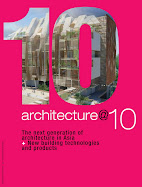
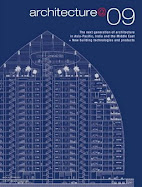
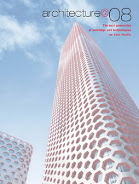
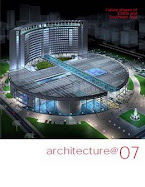


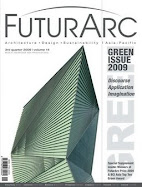



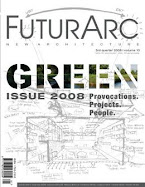








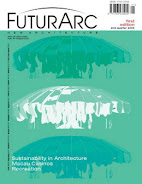



No comments:
Post a Comment